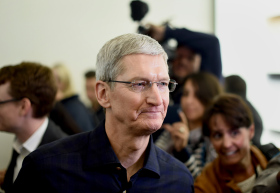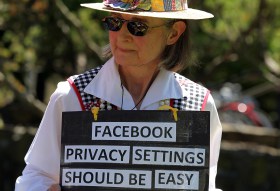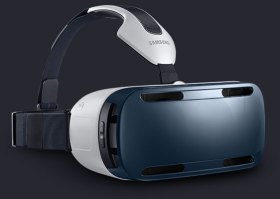
Devices on planes said to simulate cell towers and trick phones into reporting data
The Justice Department is using equipment on board aircraft that simulates cell towers to collect data from criminal suspects’ cellphones, according to a report Thursday.
Citing “people familiar with the operations,” the Wall Street Journal reports that a program operating under the U.S. Marshals Service is said to use small aircraft flying from five different airports around the country. Devices aboard those planes called “dirtboxes” essentially trick the suspects’ cellphones into thinking they’re connecting to legitimate cell towers from big wireless carriers like Verizon or AT&T, allowing the feds to scoop up personal data and location information about those targeted.
However, the report details those devices could be gathering data from “tens of thousands” of Americans in a single flight, meaning non-suspects are likely to be included in the data roundup. The new report could shed some light on earlier reports of mysterious “phony” cell towers that security researchers have found around the country.
Read more at the Wall Street Journal







